Orphan Drugs & Generic Medications: What you need to know
Before you fill your next prescription, it is important to know that there are various types of prescription medication that you can buy and understand the differences between them.
What Is an Orphan Drug?
Orphan drugs are medications intended to treat rare diseases. Because these diseases affect only a small number of people, companies are often challenged to develop these medicines under usual conditions. The process of creating a new drug—from discovery to approval—typically takes about 10 years, requires significant resources, and proves to be highly uncertain, as only one, as often thousands of molecules tested, may have the desired therapeutic effect. Developing a drug intended to treat a rare disease does not always allow the recovery of the capital invested for its research.
The following link offers additional information about orphan drugs:
Orphanet educational fact sheet about orphan drugs Canadian Organization for Rare Disorders (CORD) Regroupement québécois des maladies orphelines (RQMO)
What Is a Brand-Name Drug?
A brand-name drug, also called an innovator drug, is a medication for which a New Drug Submission (NDS) has been made to Health Canada. The Health Canada Approval, provided as Notice of Compliance, ensures that the drug is safe and effective for its intended use.
Newly approved drugs are generally granted a period of exclusivity or marketing rights, meaning that no other company can market the drug during a select period of time.
Once the period of exclusivity expires, a generic version of the brand-name product may be submitted for approval and then marketed, either by the drug’s original maker or by a competitor.
What Is a Generic Medication?
A generic drug is a copy of a brand name-drug. The generic drug is pharmaceutically equivalent to the brand-name drug: it contains the identical medicinal ingredients, in the same amounts and in a similar dosage form.
Like brand-name drugs, generic medications require Health Canada review and approval via a submission process. To qualify for this approval, the generic version of a medication must contain the same active ingredient(s) as the brand-name drug, although inactive ingredients may be different. A generic drug must demonstrate that it is “bioequivalent” to the brand-name version, meaning that it works in the same way and provides the same clinical benefit and can reliably be used as a substitute.1
It is important to note that trademark laws do not allow a generic drug to look exactly like the original brand-name medication (i.e. in colour and/or shape of the original).
Why Are Generic Medications Less Expensive than their Brand-Name Version?
Developing a new medication involves significant investment in research, including animal and human clinical trials, to demonstrate safety and efficacy. Generic drugs are not required to repeat these trials but must undergo other rigorous studies such as comparative bioavailability studies, to demonstrate that they perform the same way as the brand-name product.
The generic drug manufacturer must also provide studies showing that any different non-medicinal ingredients included in the generic drug, like fillers and ingredients that color it, have not changed the quality, safety or effectiveness of the generic drug.1
- 1 Health Canada, The Safety and Effectiveness of Generic Drugs, https://www.canada.ca/en/health-canada/services/healthy-living/your-health/medical-information/safety-effectiveness-generic-drugs.html
This site is intended for Canadian residents only. Medical practices, products and/or regulations may differ from one country to another. As a result, the medical and/or product information on this site is not appropriate for use outside of Canada. The information is not meant to suggest any medical course of action. Rather, it is intended to inform and to raise awareness so that these issues can be discussed with qualified healthcare professionals.
©2025 Analog Pharma Canada. All Rights Reserved.

